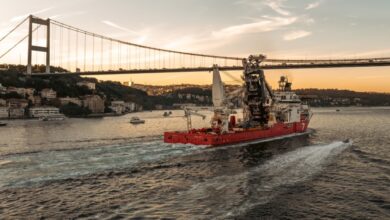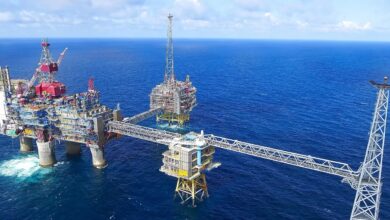Sonnemann: New approach may be needed in the way well control is approached
There are still many well control topics that don’t have universal consensus within the industry. These include the uses/mis-uses of MAASP, kill rates selection and kick tolerance calculations, said Paul Sonnemann, VP of Technology at SafeKick. In a presentation at the 2018 IADC International Well Control Conference in Milan, Italy, he urged the industry to take a different approach to such topics. Further, he encouraged the industry to think of closed-loop drilling like the service brake on an automobile, which should be used even if the drilling program doesn’t require it. Watch DC’s video with Mr Sonnemann as he describes his philosophy of well control.




